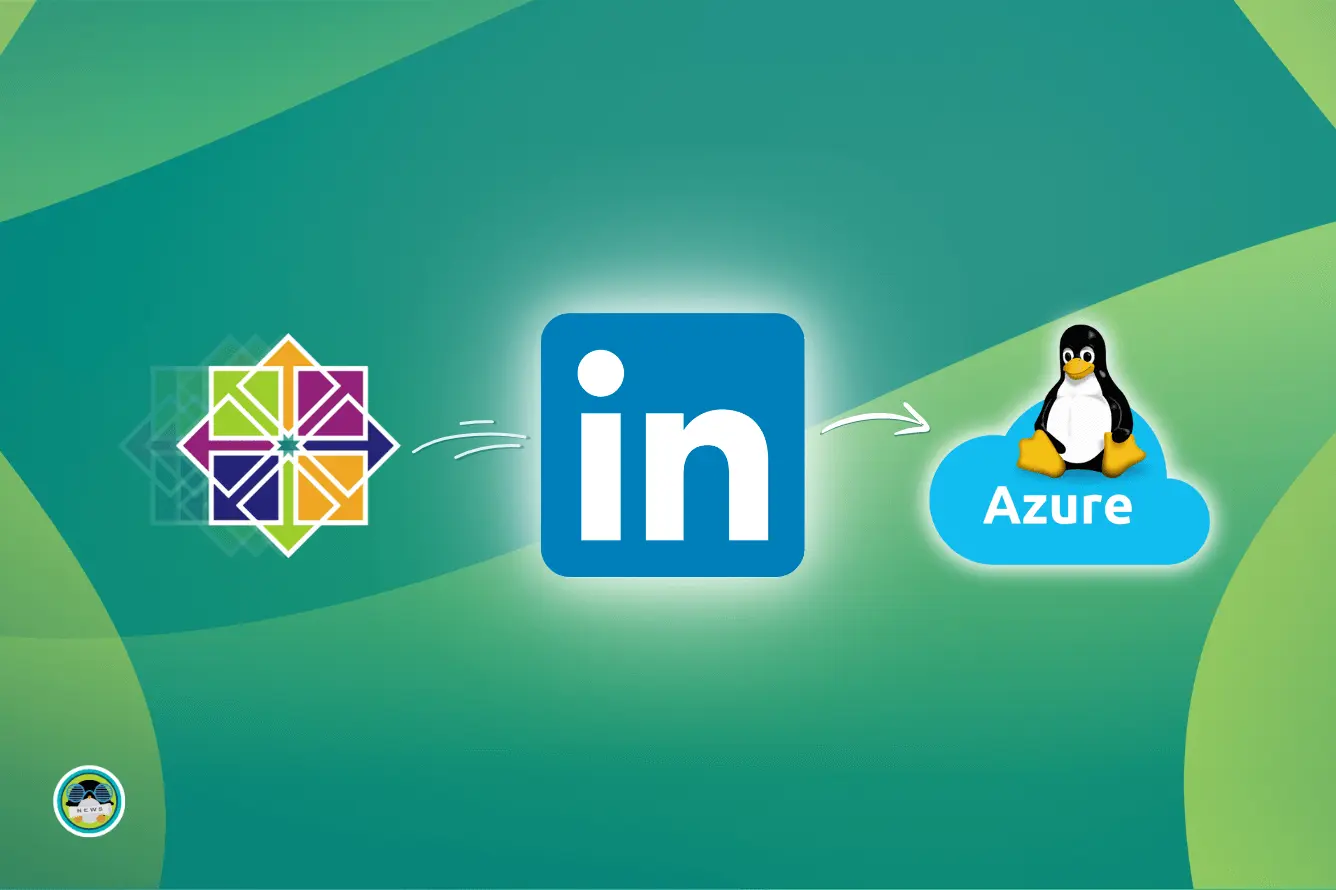As part of a massive migration campaign, LinkedIn has successfully moved their operations to Microsoft’s Azure Linux as of April 2024, ditching CentOS 7 in the process and taking advantage of a more modern compute platform.
As many of you might already know, back on June 30, 2024, CentOS 7 reached the end-of-life status, resulting in no new future updates for it, including fixes for critical security vulnerabilities.
…
The developers have gone with the high-performing XFS filesystem, which was made to work with Azure Linux to fit LinkedIn’s use case. In their testing, they found that XFS was performing well for most of their applications, except Hadoop, which is used for their analytics workloads.
When they compared the issues that cropped up, XFS came out as a more stable and reliable choice than the other candidate, Ext4.
…
Additionally, LinkedIn’s MaaS (Metal-as-a-Service) team has developed a new Azure Linux Image Customizer tool for automating image generation, that takes an existing generic Azure Linux image, and modifies it to use with a given scenario. In this case, a tailored image for LinkedIn.
LinkedIn Engineering Blog: Navigating the transition: adopting Azure Linux as LinkedIn’s operating system



I’m genuinely curious. I’ve learnt to never trust Microsoft when they do something “nice”. In my experience they work the long con. I have learnt to never trust them initially. Free windows licenses?, fairly decent Windows 10 initially? This is the last windows 10 version, we’ll keep improving? History can be a bitch.
All valid points.
I believe in this instance, it’s mainly because they have figured out a way to profit off Linux and that is via their cloud hosting platform. As long as they’re making money, it’s probably fine.